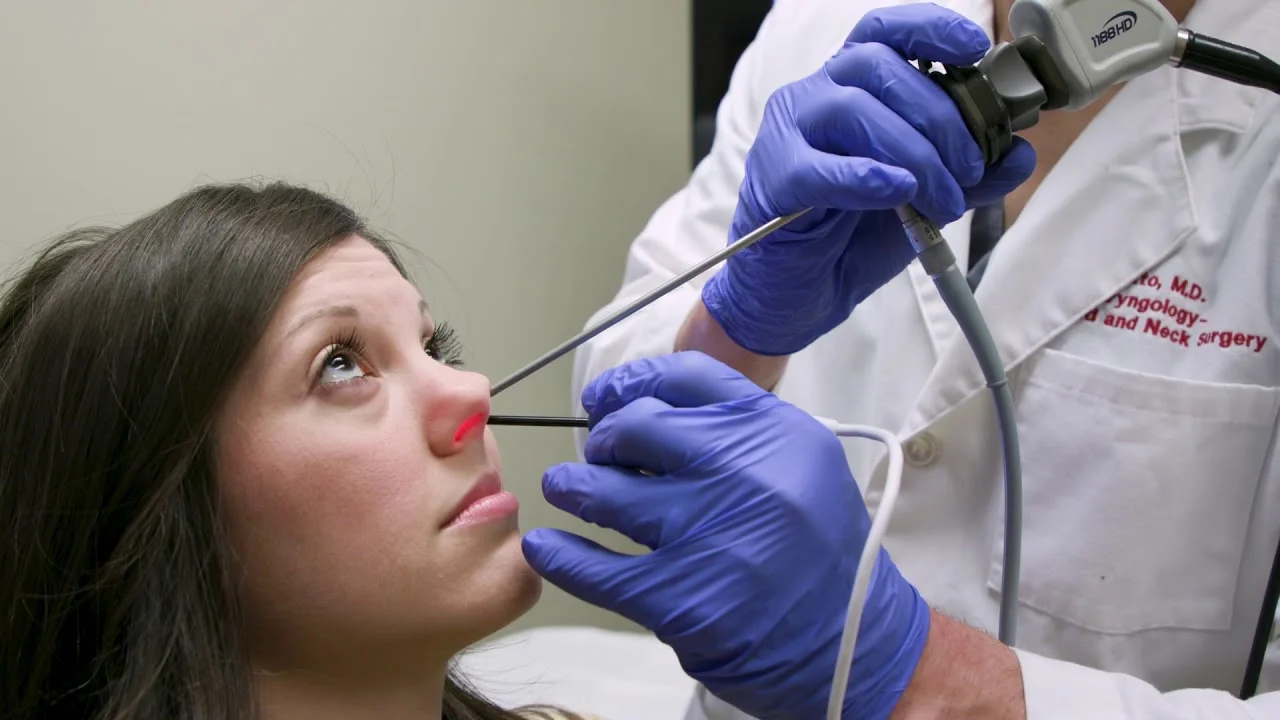
The decision to undergo an Ear, Nose, and Throat (ENT) endoscopy, a procedure also commonly referred to as flexible nasopharyngolaryngoscopy, often generates a degree of natural apprehension in patients. Unlike highly invasive surgical interventions, this is a relatively swift, office-based diagnostic tool, but the notion of a thin, flexible tube passing through the nasal cavity and down toward the voice box is understandably unnerving. Proper preparation for this examination transcends merely following a checklist; it requires a focused understanding of how specific actions and omissions in the preceding hours can dramatically influence both the procedural comfort and the diagnostic yield for the examining physician. The goal is to ensure the mucosal surfaces are clear, the airways are optimally dilated, and the patient is in the best possible state of relaxation to tolerate a brief moment of necessary discomfort, allowing the visualization of critical, often subtle, anatomical or pathological details that govern treatment decisions.
Proper preparation for this examination transcends merely following a checklist.
One of the most frequently overlooked variables concerns the patient’s regular medication schedule, particularly the use of compounds that interfere with the normal process of hemostasis. While ENT endoscopy is generally considered low-risk, minor trauma to the highly vascularized nasal or pharyngeal mucosa is always a possibility, especially if a biopsy or debridement is required. Therefore, the discussion surrounding blood-thinning agents must be initiated early with the prescribing physician. Medications such as aspirin, clopidogrel, warfarin, or newer direct oral anticoagulants (DOACs) pose a critical decision point. In many routine, non-biopsy-requiring diagnostic nasal endoscopies, cessation might be deemed unnecessary, but for those procedures involving manipulation or the potential for tissue sampling, temporary suspension is often mandatory. The risk of procedural bleeding must be meticulously weighed against the potential for an adverse thrombotic event if the medication is stopped, necessitating a finely tuned, collaborative decision between the ENT specialist, the cardiologist, or the primary care provider.
The discussion surrounding blood-thinning agents must be initiated early with the prescribing physician.
In stark contrast to upper gastrointestinal endoscopies, the preparation for a simple, non-sedated flexible nasal and throat scope rarely demands the drastic fasting or bowel preparation protocols that patients may associate with the term ‘endoscopy.’ However, the details around oral intake are still important, especially when sedation is a possibility, though uncommon for this specific procedure. If the endoscopy is strictly a flexible nasopharyngoscopy performed with local anesthetic sprays alone, there are typically no absolute dietary restrictions, and the patient can generally eat and drink normally. Yet, if the patient’s anxiety level warrants a mild anxiolytic, or if the procedure might transition to a more involved one, the possibility of stomach contents being aspirated becomes a small, but serious, risk. The safest approach is usually to confirm the specific sedation plan with the clinic and, if there is any doubt, adhere to the general principle of avoiding solid food for a minimum of eight hours and clear liquids for two to four hours before the appointed time.
If the endoscopy is strictly a flexible nasopharyngoscopy performed with local anesthetic sprays alone, there are typically no absolute dietary restrictions.
A fundamental component of the preparation process involves nasal hygiene and the judicious use of over-the-counter nasal aids. The success of the examination hinges on the clarity and patency of the nasal passages. Patients who routinely experience significant nasal congestion, chronic sinusitis, or allergic rhinitis can significantly improve their viewing conditions by meticulously adhering to a regimen of nasal saline rinses in the days leading up to the procedure. This mechanical clearing of mucus and crusting removes potential visual obstructions. Furthermore, the clinical staff will almost universally administer a combination of a topical vasoconstrictor, often a decongestant spray, and a local anesthetic immediately prior to inserting the scope. The decongestant constricts the blood vessels in the nasal lining, shrinking the turbinates and creating wider channels for the scope, thus improving visibility and reducing the risk of mucosal friction and subsequent bleeding.
Patients who routinely experience significant nasal congestion, chronic sinusitis, or allergic rhinitis can significantly improve their viewing conditions.
The patient’s management of anxiety and their mental preparation for the physical sensations of the endoscopy often determines the overall tolerability and smoothness of the process. While the procedure itself is quick, lasting only a few minutes, the sensation of the scope’s passage can elicit a transient gag reflex, cough, or the urge to sneeze. These reflexive movements, though normal, can hinder the physician’s ability to perform a thorough and swift assessment. Patients should be explicitly educated on what the expect: a brief, uncomfortable pressure sensation, the bitter taste of the anesthetic spray, and the temporary feeling of nasal and throat numbness. Techniques such as focusing on slow, deep, diaphragmatic breathing, keeping the mouth slightly open, and even consciously humming or counting can act as powerful distractions and suppressors of the gag reflex, enabling the endoscopist to advance the scope past the oropharynx and assess the subtle movements of the vocal cords without unnecessary interruption.
The patient’s management of anxiety and their mental preparation for the physical sensations of the endoscopy often determines the overall tolerability and smoothness of the process.
Beyond the medical and psychological aspects, practical logistics also form an essential pillar of effective preparation, particularly concerning transportation. If the physician determines that the patient requires any level of conscious sedation to proceed comfortably—even a low-dose oral anxiolytic—it is a non-negotiable requirement that the patient arranges for a responsible adult to drive them home afterward. The subtle effects of sedatives can impair judgment, coordination, and reaction time for several hours, making driving or operating heavy machinery unsafe, even if the patient feels mentally alert. This logistical contingency must be secured well in advance to prevent any last-minute delays or cancellations of the procedure, ensuring a seamless and safe transition from the clinic back to the home environment.
If the physician determines that the patient requires any level of conscious sedation to proceed comfortably—even a low-dose oral anxiolytic—it is a non-negotiable requirement that the patient arranges for a responsible adult to drive them home afterward.
Post-procedural expectations also warrant preemptive preparation. For most flexible, non-sedated scopes, recovery is immediate, and patients can resume their normal diet and activities very quickly. However, the temporary numbness from the local anesthetic in the throat can pose a fleeting risk of aspiration. Therefore, the common instruction to refrain from eating or drinking for thirty to sixty minutes following the procedure is critical, allowing the gag reflex to fully return and swallowing mechanics to normalize before any solid food or liquid is consumed. If a biopsy was taken, the patient should be prepared for potential minor bleeding or a dry, scratchy sensation in the nose or throat, and they must be advised on the specific limitations regarding nose-blowing or strenuous activity to minimize the chance of dislodging a clot.
The common instruction to refrain from eating or drinking for thirty to sixty minutes following the procedure is critical.
A thorough disclosure of all medical history and current symptoms is another layer of preparation that falls squarely on the patient. The ENT specialist needs a complete clinical context to interpret the visual findings correctly. Information regarding previous surgeries, a history of difficult intubation, known sensitivities to topical anesthetics like lidocaine, or chronic conditions such as severe reflux (LPR) can significantly alter the technique used during the scope or the medications administered. Patients who exhibit symptoms of Laryngopharyngeal Reflux, for instance, often have mucosal inflammation that can be easily misinterpreted or aggravated by the procedure. Full transparency about symptoms, including the duration, severity, and any failed previous treatments, arms the physician with the necessary data to perform a targeted and ultimately more fruitful examination.
The ENT specialist needs a complete clinical context to interpret the visual findings correctly.
The seemingly minor step of choosing comfortable attire for the day of the examination contributes substantially to a patient’s state of ease. While it sounds trivial, wearing loose-fitting, comfortable clothing that does not constrict the neck or chest promotes a more relaxed physical posture, which can subtly mitigate the sense of panic or claustrophobia some patients experience when the scope is introduced. The patient should also ensure all relevant insurance cards, identification, and required pre-authorization forms are completed and easily accessible, eliminating administrative stress moments before the procedure. This attention to small, practical details helps to create an environment conducive to a calm and successful diagnostic session.
While it sounds trivial, wearing loose-fitting, comfortable clothing that does not constrict the neck or chest promotes a more relaxed physical posture.
Ultimately, preparing for an ENT endoscopy is an exercise in collaborative communication and proactive self-management. The patient must view their role not as a passive recipient of a diagnostic service but as an active participant in optimizing the conditions for the most accurate and comfortable examination possible. By addressing medication adjustments, understanding the rationale behind minimal fasting, employing techniques to manage the reflexive sensations, and ensuring logistical support, the individual transforms a potentially stressful event into a manageable and highly informative step on their healthcare journey. The value of this diagnostic tool hinges directly on the thoroughness of the preparation undertaken, a principle that remains immutable across all aspects of medicine.
